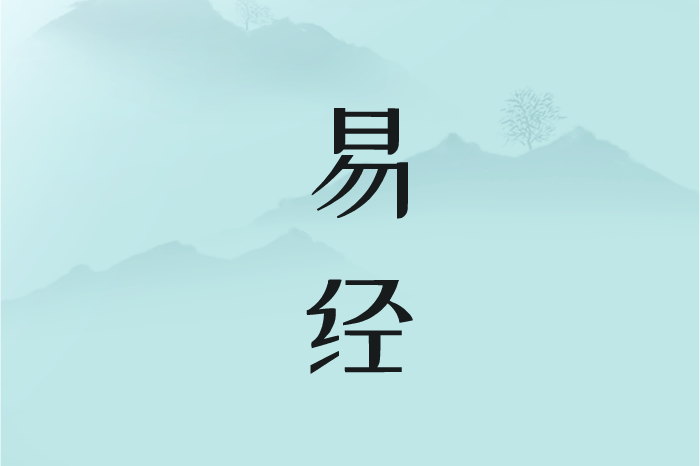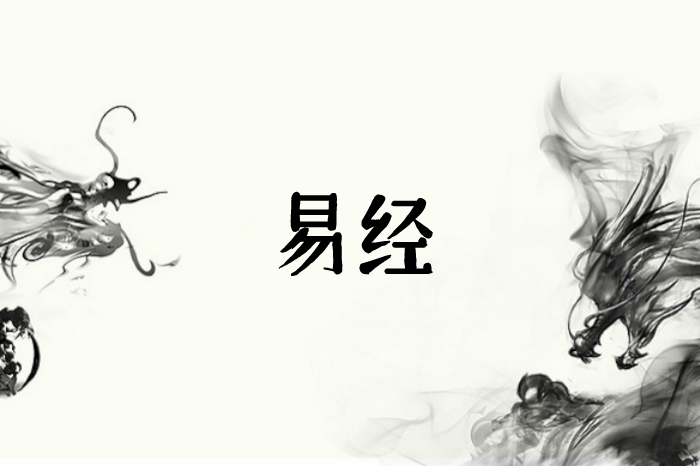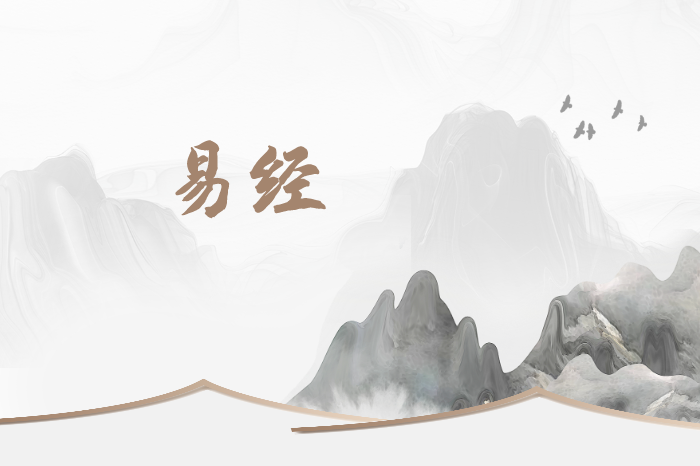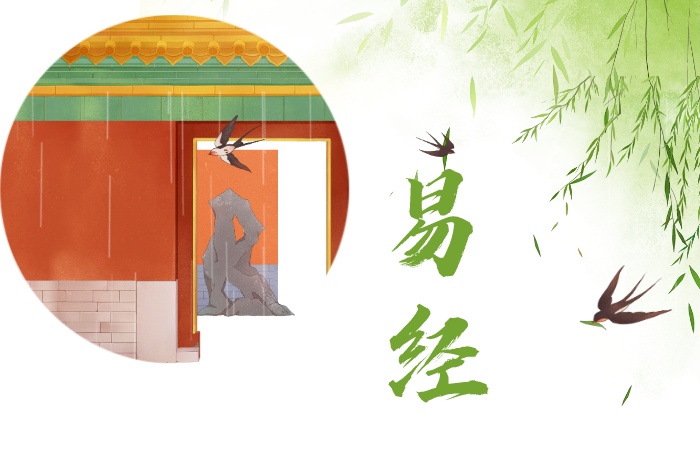The Book of Changes, also known as the Yi Jing or Zhou Yi, is one of the oldest Chinese classics. It encompasses a wide range of topics, including philosophy, cosmology, divination, and human nature. The central ideas of the Book of Changes are deeply rooted in the principles of yin and yang, the five elements, and the concept of change. In this article, we will explore these fundamental concepts and their English translations.
1. The Principle of Yin and Yang
The principle of yin and yang is at the core of Chinese philosophy and is the foundation of the Book of Changes. Yin represents the dark, passive, and feminine energy, while yang represents the bright, active, and masculine energy. The interaction and balance between yin and yang give rise to all things in the universe. The English translation for this concept is “the duality of opposites.” It reflects the idea that everything contains its opposite and that harmony is achieved through the interaction of contrasting forces.
2. The Five Elements

The five elements, also known as the five phases or Wu Xing, are another essential concept in the Book of Changes. They include wood, fire, earth, metal, and water, and each element represents a specific quality or attribute. The five elements are in a constant cycle of generation and destruction, creating a dynamic balance in the universe. In English, the term “the five elements” or “the five phases” is commonly used to describe this concept.
3. The Concept of Change
Change is a fundamental concept in the Book of Changes. It emphasizes that everything in the universe is in a constant state of flux. The English translation for this concept is “the law of change” or “the principle of transformation.” It implies that nothing is permanent, and adaptability is vital for growth and development. The Book of Changes provides guidance on how to navigate through changes and make decisions based on the understanding of different stages and patterns of transformation.
4. The Hexagrams
The Book of Changes consists of 64 hexagrams, each composed of six stacked horizontal lines, either broken or unbroken. These hexagrams represent different situations, phenomena, and archetypes. The English translation for hexagram is commonly used, reflecting the symbolic and divinatory nature of these combinations of lines.
5. The Process of Divination
Divination is an essential aspect of the Book of Changes. It involves the interpretation of hexagrams to gain insights into present situations and future developments. The English translation for divination is commonly used in this context. It signifies the practice of seeking guidance or understanding through signs and symbols.
In conclusion, the central ideas of the Book of Changes revolve around the principles of yin and yang, the five elements, and the concept of change. These concepts have been translated into English as “the duality of opposites,” “the five elements,” and “the law of change” respectively. Understanding these fundamental ideas can provide valuable insights into the Chinese culture and philosophy as well as inspire individual growth and adaptability in a changing world.







